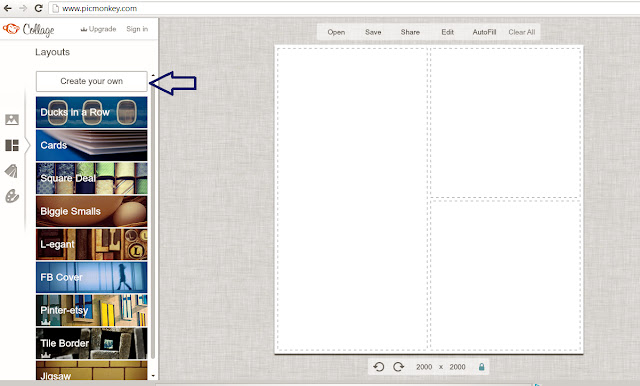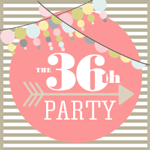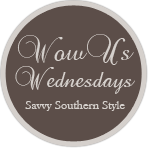When we moved into our house in March, we decided to do a few things to the inside and hold off on the yard and outdoor area for a little while.
Prioritizing.
BUT THEN, our neighbors peach tree started to grow delicious, beautiful, tiny peaches (approximately 80% of which fell into our backyard). And we were bitten by the fruit tree bug!
Squirrel for scale. But mostly because it's the cutest thing ever.
I'm not 100% sure why their peaches are so small, but from the knowledge I've gained after researching for our own fruit trees, I think it's because they only have one tree. If there were another peach tree close by, they would cross pollinate each other and their fruit would grow larger and for a longer period of time. I think. We contemplated planting a peach tree on our side of the fence, but that didn't really work out in the grand scheme/our backyard master plans.
Spring is typically the best time to plant so we went to Wabash Feed Store to get started. The staff there is very knowledgeable and were able to talk us through the fruit tree buying process! We landed on a Lula Avocado tree (we eat avocados like crazy around here), and two citrus trees (cross pollination, baby!). We chose Blood Orange and Page Mandarin because both grow well in the area and aren't readily available at the grocery store.
We haven't done a whole lot to them besides water them like crazy to keep them from shriveling up in this Texas heat, but we did pick up a few tips for new tree growth from online research and talking to the folks at Wabash. First, we painted the trunk of our little Lula with a watered down white latex paint. The trunk has not yet developed bark, so it has no protection against the sun. We made sure our Lula never leaves the house without sunscreen. Tree parenting.
Secondly, we pinched our blood orange! Pinching a fruit tree means you pick off the fruit it makes it's first season so it can focus on growing roots, branches and leaves instead of putting nutrients and energy into making fruit. We only had one little blood orange and no mandarins.
We are loving our little trees. Hopefully these pictures will be a reminder of how small our trees were when we planted them--not a reminder that we once thought we could grow trees. Ha! Wish us luck!












































